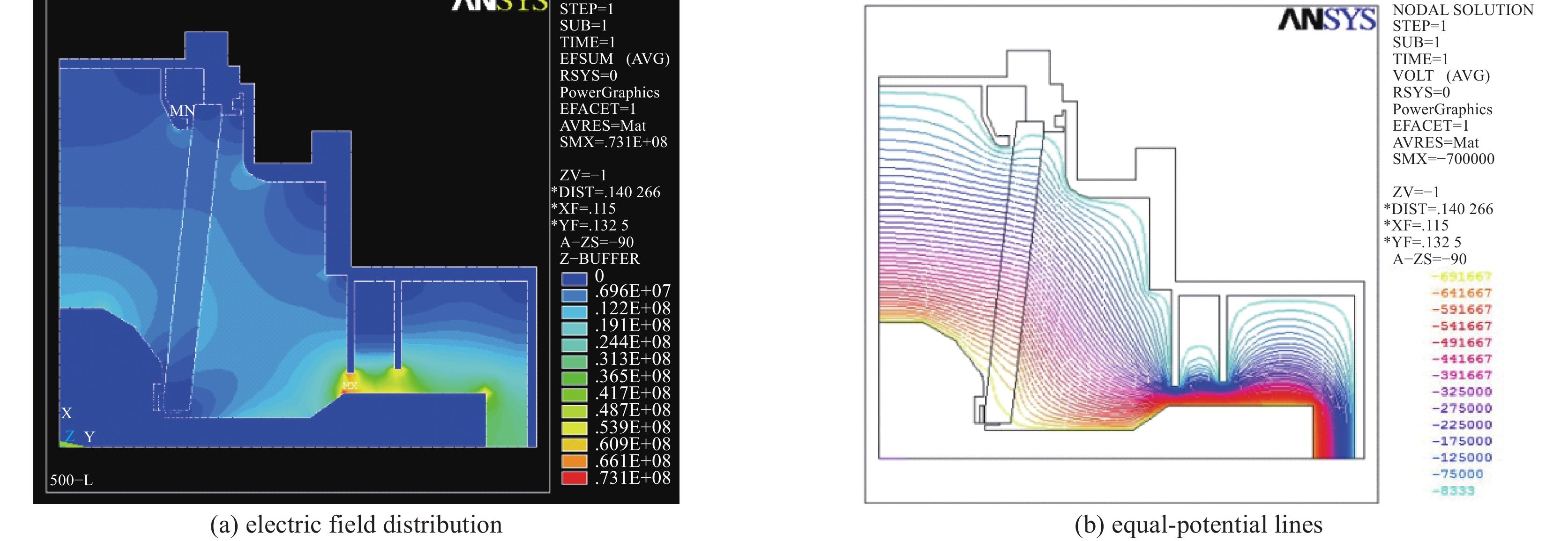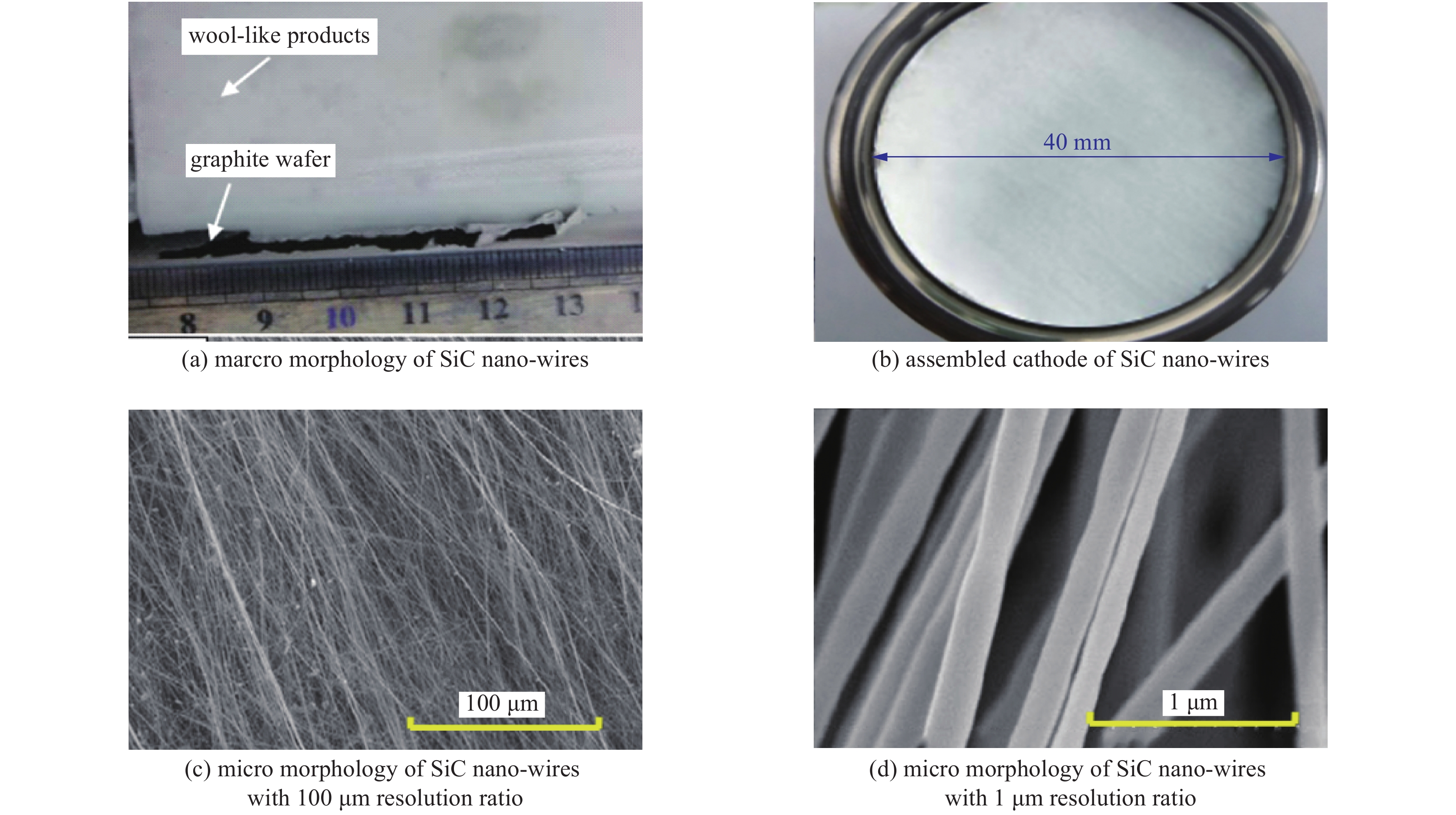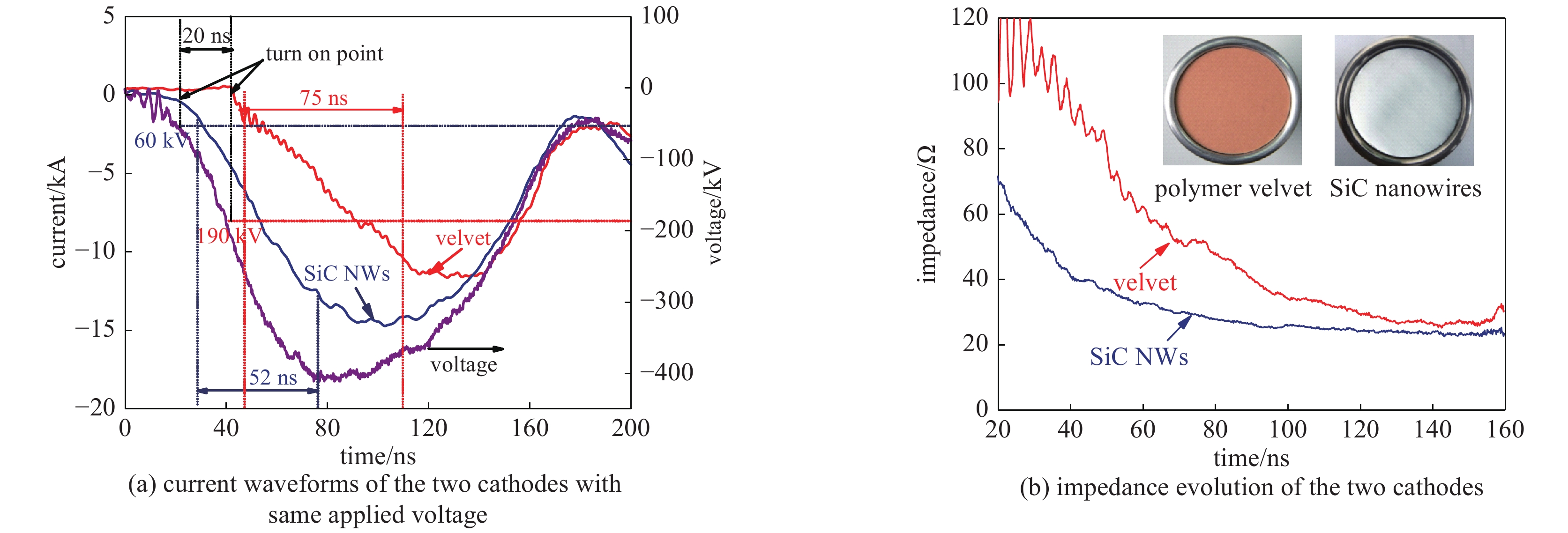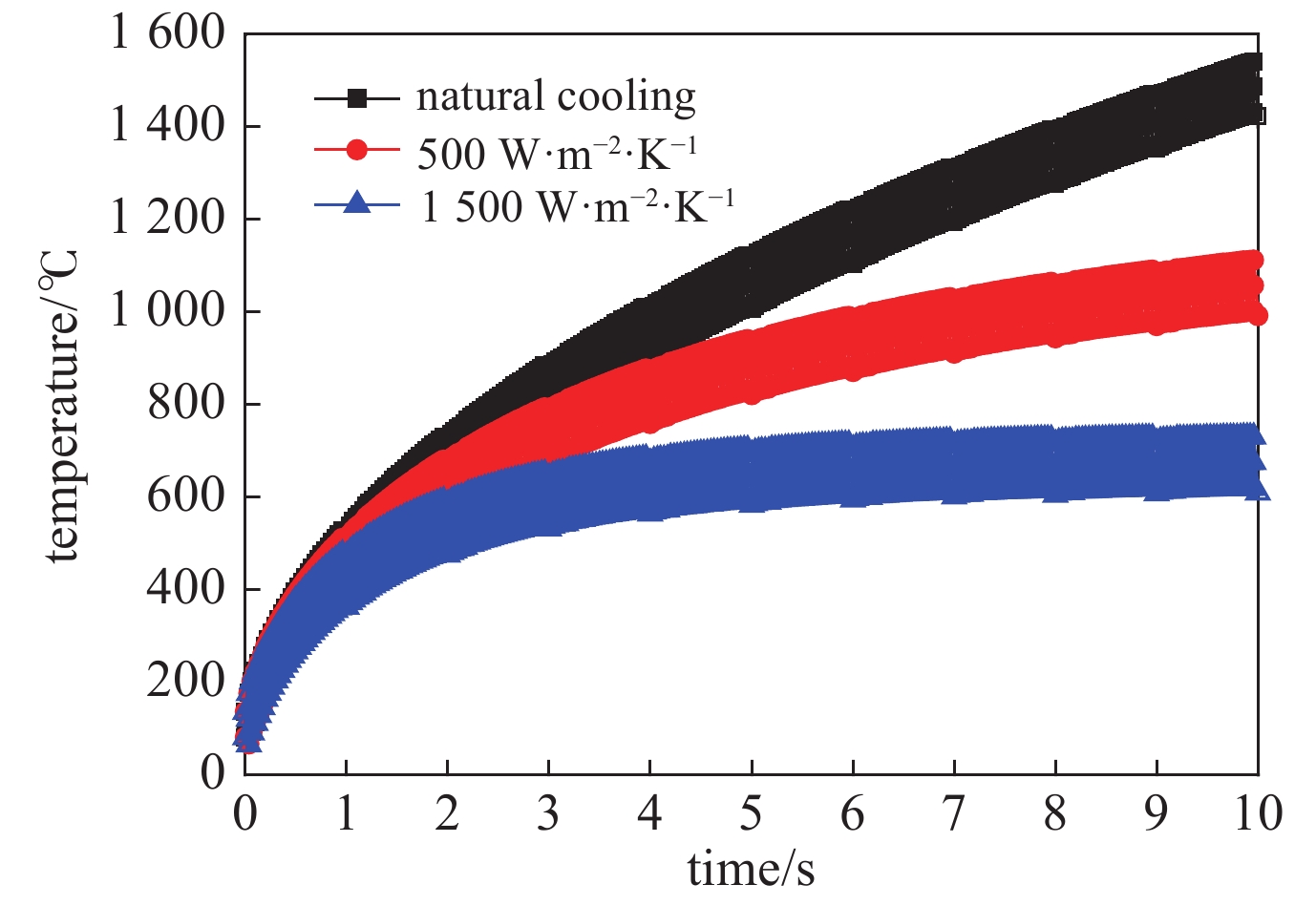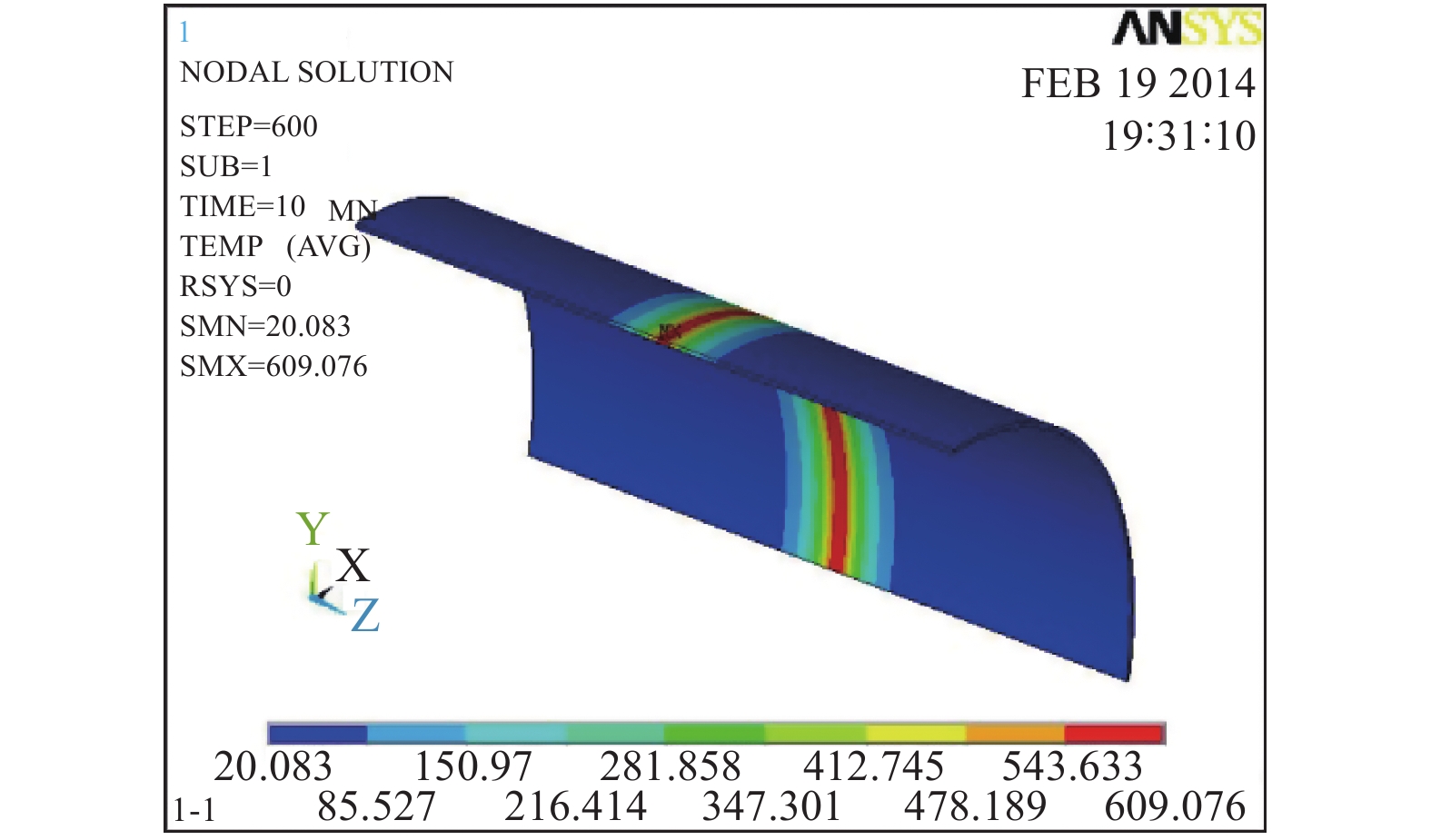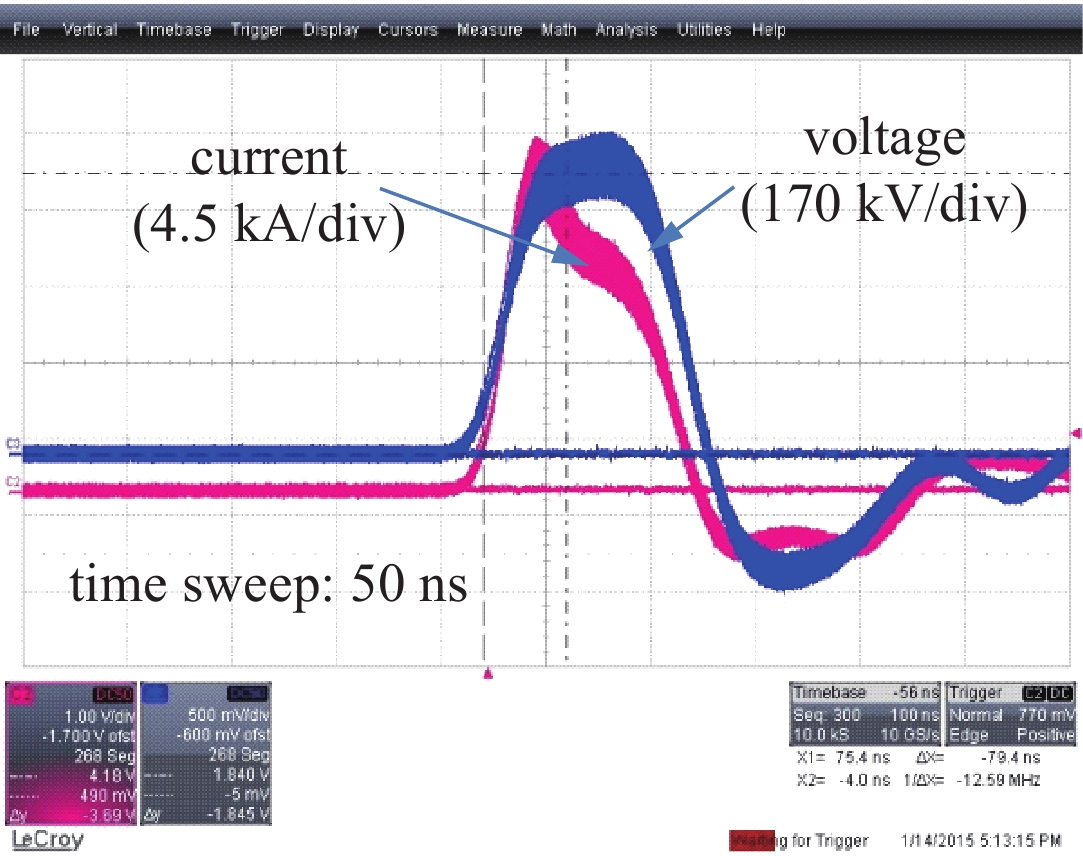| [1] |
Benford J, Swegle J A, Schamiloglu E. High power microwaes[M]. 3rd ed. London: Taylor & Francis Group, 2015.
|
| [2] |
Walter J W, Lynn C F, Dickens J C, et al. Operation of a sealed-tube-vircator high-power-microwave source[J]. IEEE Trans Plasma Science, 2012, 40(6): 1618-1621. doi: 10.1109/TPS.2012.2192454
|
| [3] |
Xun Tao, Yang Hanwu, Zhang Jiande, et. al A ceramic radial insulation structure for a relativistic electron beam vacuum diode[J]. Review of Scientific Instruments, 2008, 79: 063303. doi: 10.1063/1.2936884
|
| [4] |
Xun Tao, Zhang Jiande, Yang Hanwu, et al. A distributed pumping model for a repetitive operated magnetically insulated transmission line oscillator[J]. Journal of Applied Physics, 2013, 113: 164505. doi: 10.1063/1.4803056
|
| [5] |
Xun Tao, Fan Yuwei, Yang, Hanwu, et al. A vacuum-sealed, giga-watt class, repetitively pulsed high-power microwave source[J]. Journal of Applied Physics, 2017, 121: 234502. doi: 10.1063/1.4986632
|
| [6] |
Xun Tao, Zhang Jiande, Yang Han-Wu, et al. Hydrodynamic loading of ceramic components due to pulsed discharge in water[J]. IEEE Trans Plasma Science, 2009, 37(10): 1975-1979. doi: 10.1109/TPS.2009.2016201
|
| [7] |
Xun Tao, Yang Hanwu, Zhang Jiande. A high-vacuum high-electric-field pulsed power interface based on a ceramic insulator[J]. IEEE Trans Plasma Science, 2015, 43(12): 4130-4135. doi: 10.1109/TPS.2015.2497276
|
| [8] |
Krasik Y E, Yarmolich D, Gleizer J Z, et al. Pulsed plasma electron sources[J]. Physics of Plasmas, 2009, 16(5): 7103.
|
| [9] |
Liu Guozhi, Sun Jun, Shao Hao, et al. Research on an improved explosive emission cathode[J]. Journal of Physics D: Applied Phyics, 2009, 42(12): 5204-5209.
|
| [10] |
Zhang Jun, Jin Zhenxing, Yang Jianhua, et al. Recent advance in long-pulse HPM sources with repetitive operation in S-, C-, and X-bands[J]. IEEE Trans Plasma Science, 2011, 39(6): 1438-1445. doi: 10.1109/TPS.2011.2129536
|
| [11] |
Shiffler D, Haworth M, Cartwright K, et al. Review of cold cathode research at the Air Force Research Laboratory[J]. IEEE Trans Plasma Science, 2008, 36(3): 718-728. doi: 10.1109/TPS.2008.926227
|
| [12] |
Levine J S, Harteneck B D. Repetitively pulsed relativistic klystron amplifier[J]. Applied Physics Letter, 1994, 65: 2133-2135. doi: 10.1063/1.112813
|
| [13] |
Xun Tao, Yang Hanwu, Zhang Jiande, et al. Effects of vacuum pressures on the performance of a velvet cathode under repetitive high-current pulse discharges[J]. Vacuum, 2010, 85: 322-326. doi: 10.1016/j.vacuum.2010.07.004
|
| [14] |
Xun Tao, Zhang Jiande, Yang Hanwu, et al. Characteristics of a velvet cathode under high repetition rate pulse operation[J]. Physics of Plasmas, 2009, 16: 103106. doi: 10.1063/1.3254043
|
| [15] |
Xun Tao, Zhao Xuelong, Li Gongyi, et al. High-current, pulsed electron beam sources with SiC nanowire cathodes[J]. Vacuum, 2015, 125: 81-84.
|
| [16] |
Xun Tao, Zhang Jiande, Li Gongyi, et al. Performance of a SiC-nanowire-based explosive-emission pulsed plasma electron source[J]. Applied Physics Express, 2016, 9: 106001. doi: 10.7567/APEX.9.106001
|
| [17] |
Friedman M, Myers M C, Chan Y, et al. Properties of ceramic honeycomb cathodes[J]. Applied Physics Letter, 2008, 92: 141501. doi: 10.1063/1.2904637
|
| [18] |
Dunaevsky A, KrasikYa E, Feisteiner J, et al. Electron diode with a large area ferroelectric plasma cathode[J]. Journal of Applied Physics, 2001, 90(8): 3689-3698. doi: 10.1063/1.1402149
|
| [19] |
KrasikYa E, Gleizer J Z, Yarmolich D, et al. Characterization of the plasma on dielectric fiber (velvet) cathodes[J]. Journal of Applied Physics, 2005, 98: 093308. doi: 10.1063/1.2126788
|
| [20] |
梁玉钦, 邵浩, 孙钧, 等. 引导磁场对收集极中电子能量沉积的影响[J]. 强激光与粒子束, 2014, 25:063010. (Liang Yuqin, Shao Hao, Sun Jun, et al. Influence of guiding magnetic field on energy deposition of electrons in collector[J]. High Power Laser and Particle Beams, 2014, 25: 063010
|
| [21] |
荀涛, 杨汉武, 张自成, 等. 重复频率运行强流电子束收集极热特性[J]. 强激光与粒子束, 2011, 22(11):3064-3068. (Xun Tao, Yang Hanwu, Zhang Zicheng, et al. Thermal characteristics of repetitively operated high-current beam collector[J]. High Power Laser and Particle Beams, 2011, 22(11): 3064-3068
|
| [22] |
霍少飞, 孙钧, 梁玉钦, 等. 不锈钢电子束收集极的损伤能量密度阈值[J]. 强激光与粒子束, 2014, 26:063008. (Huo Shaofei, Sun Jun, Liang Yuqin, et al. Damage threshold of energy density of stainless steel electron beam collector[J]. High Power Laser and Particle Beams, 2014, 26: 063008
|
| [23] |
Ju Jinchuan, Fan Yuwei, Zhong Huihuang, et al. An improved X-band magnetically insulated transmission line oscillator[J]. Physics of Plasmas, 2009, 16: 073103. doi: 10.1063/1.3160625
|
| [24] |
Cai Dan, Liu Lie, Ju Jinchuan, et al. Simulative research on the anode plasma dynamics in the high-power electron beam diode[J]. Physics of Plasmas, 2015, 22: 073108. doi: 10.1063/1.4926580
|
| [25] |
Mesyats G A. Cathode phenomena in a vacuum discharge: The breakdown, the spark and the Arc[M]. Moscow: Nauka, 2000.
|
| [26] |
Xun Tao, Yang Hanwu, Zhang Jun, et al. Properties of an intensive relativistic electron beam collector under repetitive pulse operation[J]. IEEE Trans Plasma Science, 2016, 44(6): 957-962. doi: 10.1109/TPS.2016.2556942
|
| [27] |
Li GongYi, Li Xiaodong, Chen Zhongdao, et al. Large areas of centimeters-long SiC nanowires synthesized by pyrolysis of a polymer precursor by a CVD route[J]. Journal of Physics and Chemistry C, 2009, 113: 17655-17660. doi: 10.1021/jp904277f
|
| [28] |
Shultis J K, Faw R E. Fundamentals of nuclear science and engineering[M]. New York: Dekker, 2002.
|






 下载:
下载:

